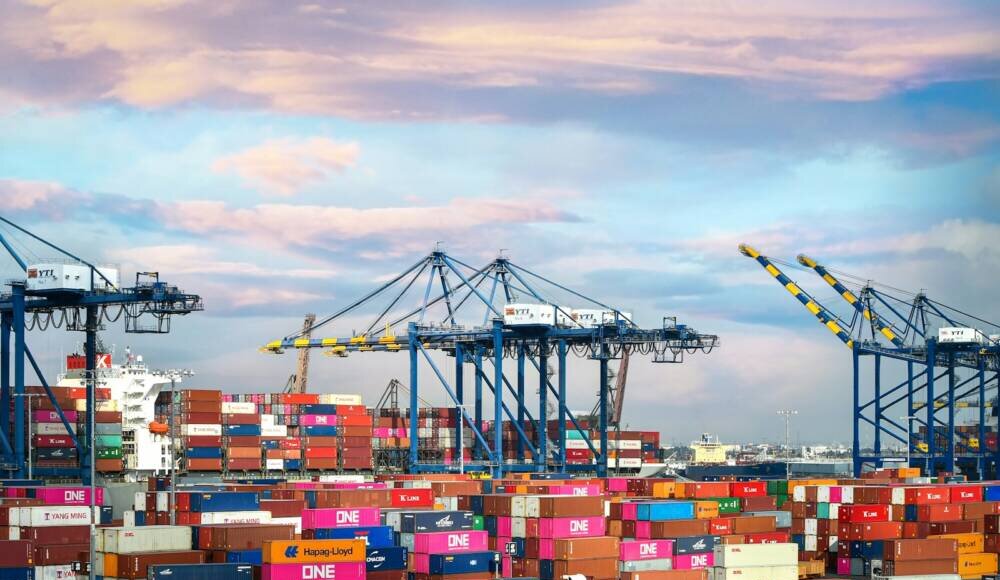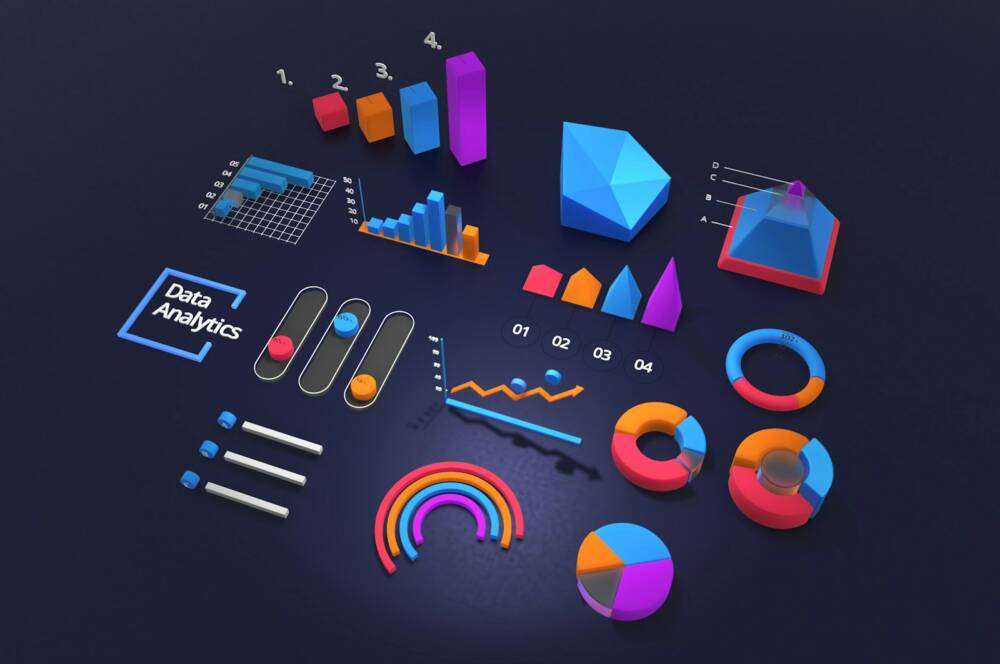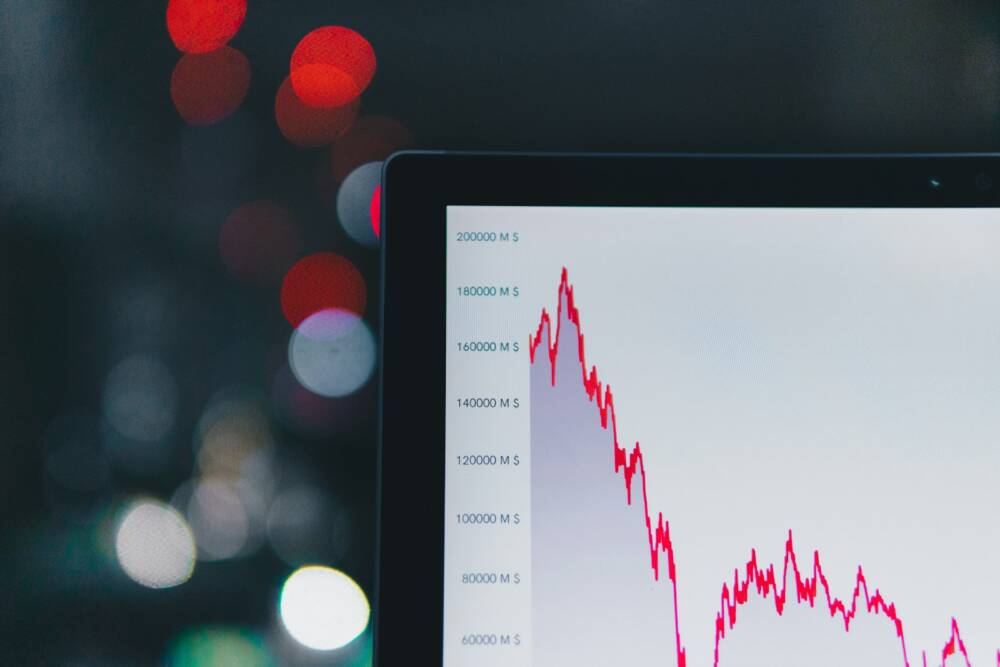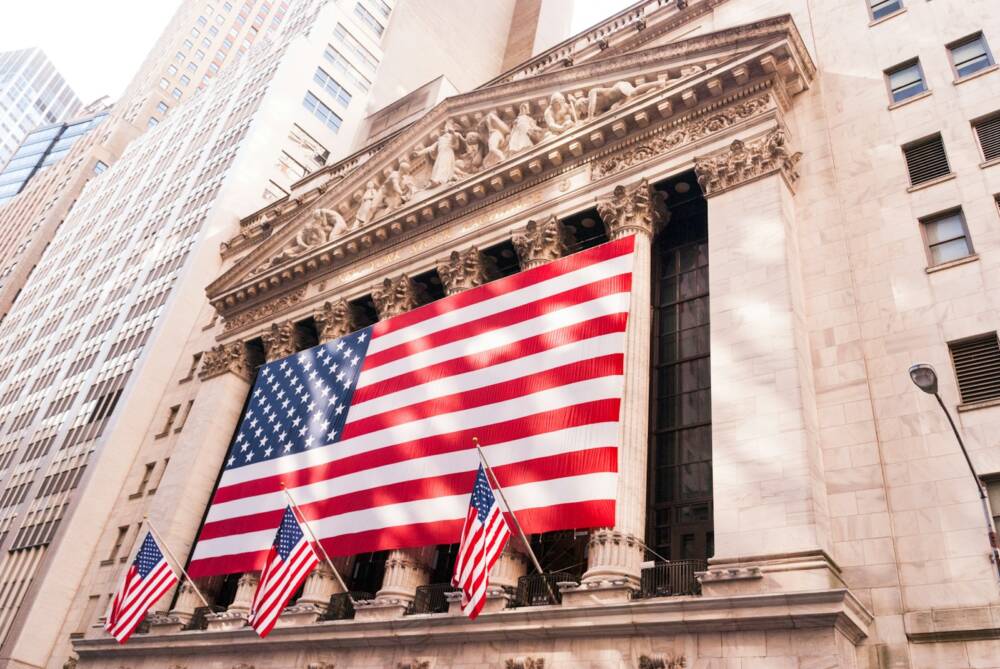When it comes to trading and investing, oil and gas tend to dominate the narrative around global freight. Energy prices are closely watched for good reason – they influence everything from inflation to interest rates and are tightly linked to geopolitical tensions. But smart traders are looking beyond the fuel tanks. There’s a vast and rapidly evolving ecosystem supporting the movement of goods worldwide, and within that ecosystem lie underappreciated signals, materials, and technologies that can offer serious trading insights.
The modern freight economy is no longer just a cost centre. It’s a dynamic, tech-enabled industry that reflects real-time supply and demand, corporate strategy shifts, ESG pressures, and even consumer sentiment. If you’re only tracking crude futures, you’re missing the fuller picture. Understanding what moves inside the containers, and how it’s moved, can open the door to sharper market calls and stronger long-term investment positioning.
Logistics as a Market Signal
The freight sector is a goldmine of leading indicators. Everything from container shortages to port congestion tells a story about global trade flow. Freight rate indexes like the Baltic Dry Index and the Shanghai Containerized Freight Index reveal real-time pricing pressure on shippers. When prices spike, it can signal demand surges or bottlenecks. When they fall, it might point to slackening trade or oversupply. Traders attuned to these shifts can anticipate pressure points in global manufacturing, consumer demand, and retail inventory levels before the broader market catches on.
But it’s not just about the big vessels and ports. The micro-level decisions companies make within logistics, such as how goods are packaged, tracked, and stored, also tell us about broader trends. Each shift has a ripple effect on the companies that depend on this infrastructure.
Beyond Fuel — The Unseen Inputs
While fuel prices make headlines, the freight economy relies on a range of physical inputs that rarely make it into investment reports. Consider the humble pallet, used in nearly every warehouse and transport route on Earth. For decades, wooden pallets were the global standard. But companies across industries are now switching to plastic pallets, and the reasons are worth understanding.
Plastic pallets offer greater durability, are lighter for transport, and are often easier to sanitize. This is clearly important in food and pharma logistics. They also align with circular economy goals, since many can be recycled or re-used for years. While not glamorous, this shift points to a broader trend: logistics is being optimized from the ground up. It’s not just about moving faster – it’s about moving smarter, cleaner, and more efficiently. Investors paying attention to this change might see value in companies that manufacture these materials, manage supply chain infrastructure, or innovate around sustainable logistics.
Geopolitical Friction and Freight Fluidity
Global trade has never been more interconnected or, as recent events have shown, more exposed to disruption. Tensions between the US and China, ongoing wars, and shifting trade alliances have all contributed to a rethink of where and how goods are sourced and shipped. As traditional routes become unstable or expensive, companies are diversifying supply chains, nearshoring manufacturing, and exploring new trade corridors.
These shifts have deep implications for freight costs, insurance premiums, and delivery timelines. They also create winners and losers in the public markets, from port operators and rail companies to logistics software providers. For traders, watching how freight adapts to global uncertainty can provide clues about regional economic shifts, currency movements, and upcoming pressures in equity and commodity markets.
Digitization and Data in Logistics
Perhaps the most transformative change in freight today is the digital layer being built atop physical infrastructure. From real-time container tracking to AI-optimized route planning, logistics is becoming a high-tech field. And it’s not just the big-ticket items that are going digital. Even something like a plastic pallet can now be embedded with IoT sensors, providing data on location, temperature, and handling.
This level of granularity allows for tighter inventory control and faster responses to disruptions. For traders and investors, these developments open up entirely new avenues within the tech and logistics sectors. Companies enabling this transformation are appearing on analysts’ radars, and in some cases, being backed by private equity and venture capital at growing rates.
Who’s Watching the Freight Economy?
Institutional investors and hedge funds are already tracking freight metrics as part of their macro strategies. But for retail traders and broader market participants, the logistics sector remains underexplored. With the rise of logistics-focused ETFs and growing interest in industrial REITs, there are more accessible ways to engage with this space. At the same time, alternative data sources are becoming part of the modern trader’s toolkit.
Smart money is watching everything from container dwell times to asset utilization rates. They’re looking at how companies respond to volatility in shipping costs or how quickly they adopt new freight technologies. These insights aren’t limited to shipping stocks, since they spill into retail, manufacturing, commodities, and even tech.
Freight as a Frontier
Oil and gas will always be central to the conversation around freight and logistics. But focusing solely on energy prices ignores the operational and material innovations reshaping how goods move around the world. At a time when logistics networks seem to be becoming more fragile by the day, it pays to track the details. Because sometimes, it’s the infrastructure you’re not looking at that tells you where the market is going.
MKTPlace is a leading digital and social media platform for traders and investors. MKTPlace offers premiere resources for trading and investing education, digital resources for personal finance, news about IoT, AI, Blockchain, Business, market analysis and education resources and guides.














